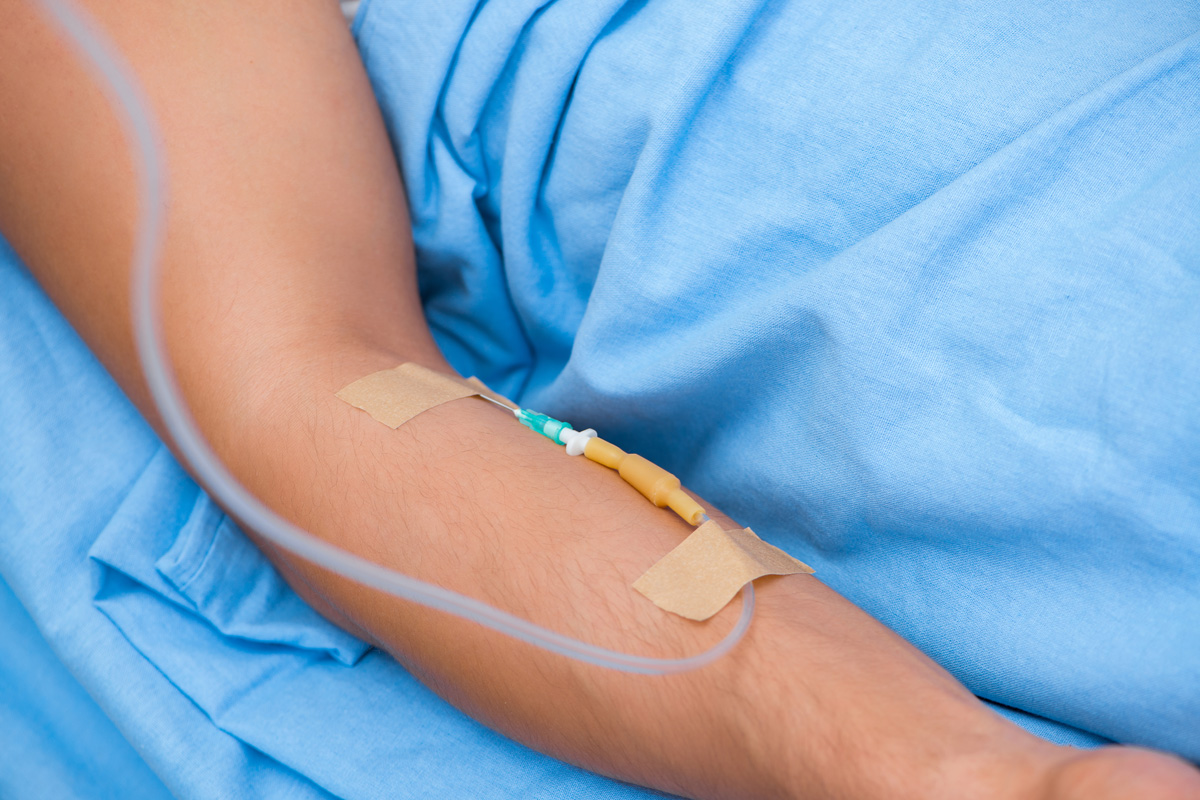What is The Test?
A nuclear stress test, also called a myocardial perfusion scan, is an imaging exam of your heart. A pharmacologic nuclear stress test is an exam performed on patients who cannot walk on a treadmill. Instead of walking on a treadmill, a medication is administered through an IV placed in your arm. This medication will increase your heart rate as if you are exercising. During this exam a tiny amount of a radioactive substance, called a radioactive tracer, is also administered through the IV. This tracer will travel through your heart muscle and show how well your heart muscle is pumping.
Patient Preparation
There is nothing to eat 4 hours before the test and no caffeine for 12 hours prior to the test. Medications may be taken unless told not to by your physician. Wear comfortable clothing.

What to Expect
Once in the testing room, we will ask you to sign a consent form to give us permission to perform the pharmacologic nuclear stress test. An IV will be placed in your arm to administer the pharmacologic agent and radioactive tracer used for your stress test. A nuclear medicine technologist will administer the first dose of the radioactive tracer. This tracer will circulate through your blood stream for 30-60 minutes. Once the circulation time is complete, the pre stress images will be obtained of your heart. This is done by a special camera that can follow the radioactive tracer through your heart muscle. The first set of images will take 20-30 minutes. After the images are complete, the stress test will begin. We will ask you to raise your shirt or take your shirt off and prepare the skin on your chest for the EKG electrodes to be placed. Once the electrodes are in place you will be connected to the EKG monitor. A target heart rate will be calculated for you based on your age. This target heart rate will need to be met for exam accuracy. You will be sitting in an exam chair or lying on a table. The pharmacologic agent that will increase your heart rate is administered over a period of minutes until your target heart rate is met. While your heart rate increases, your heart rhythm and blood pressures are monitored and recorded. Once you have reached your target heart rate, the medication is stopped and the second dose of radioactive tracer is injected through the IV access. The stress portion of the test is complete. A second set of images, or post stress images, are obtained for comparison. This test can take 4-6 hours.

